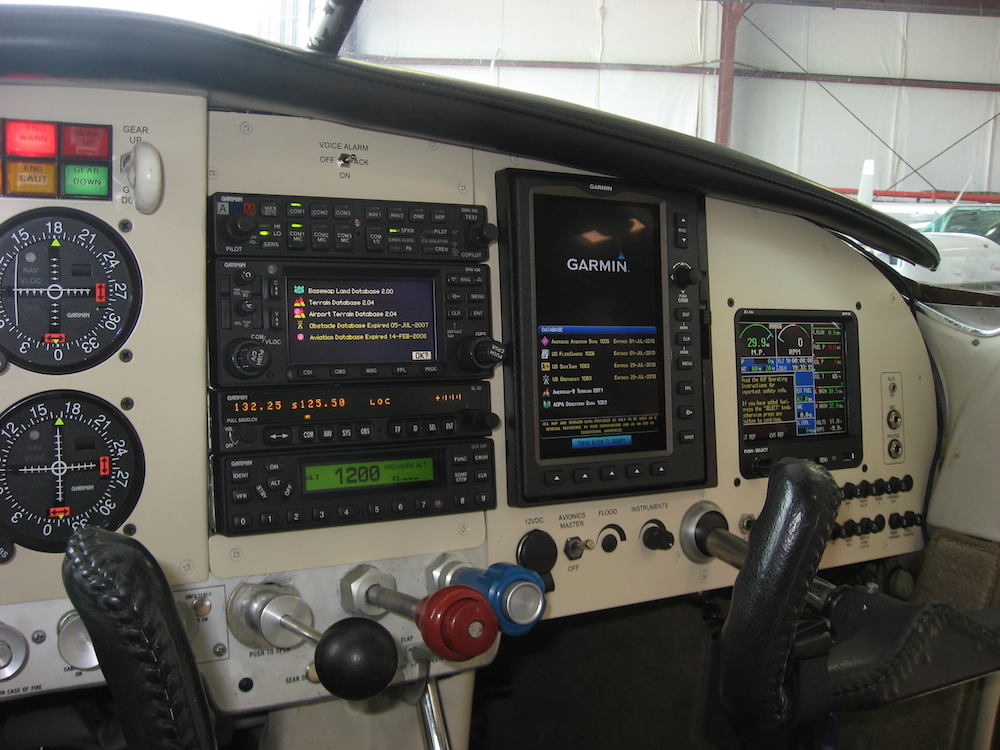Riceyoung
Pre-Flight
I am getting an engine monitor in my Turbo Toga. I was originally thinking about getting the edm 830. Now I am strongly thinking of getting either the 900 or the 930 and ditching all of the old analog gauges. I would love some feedback from people who have experience with these engine monitors.




